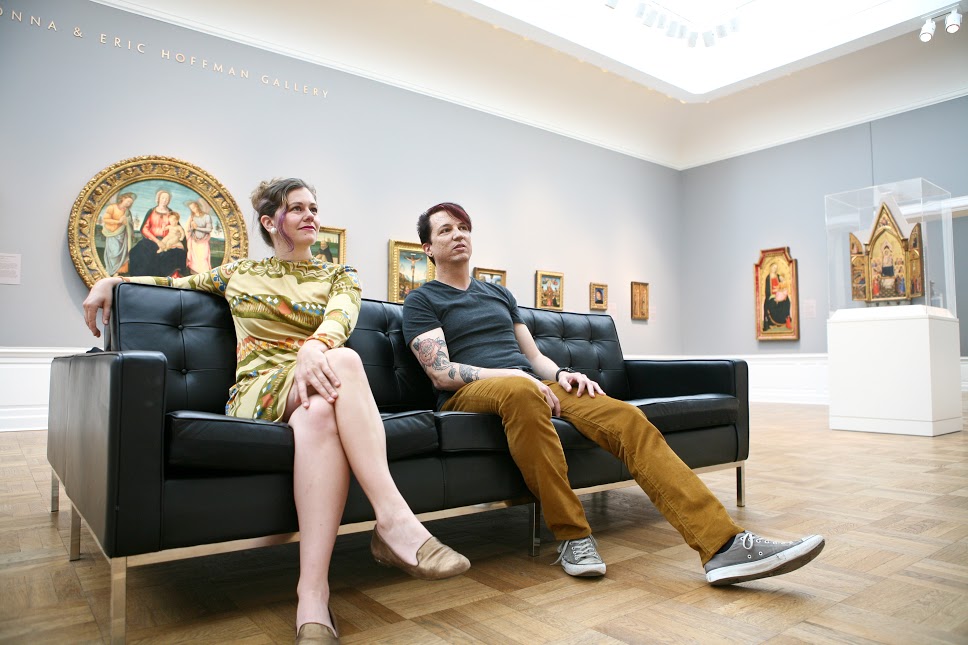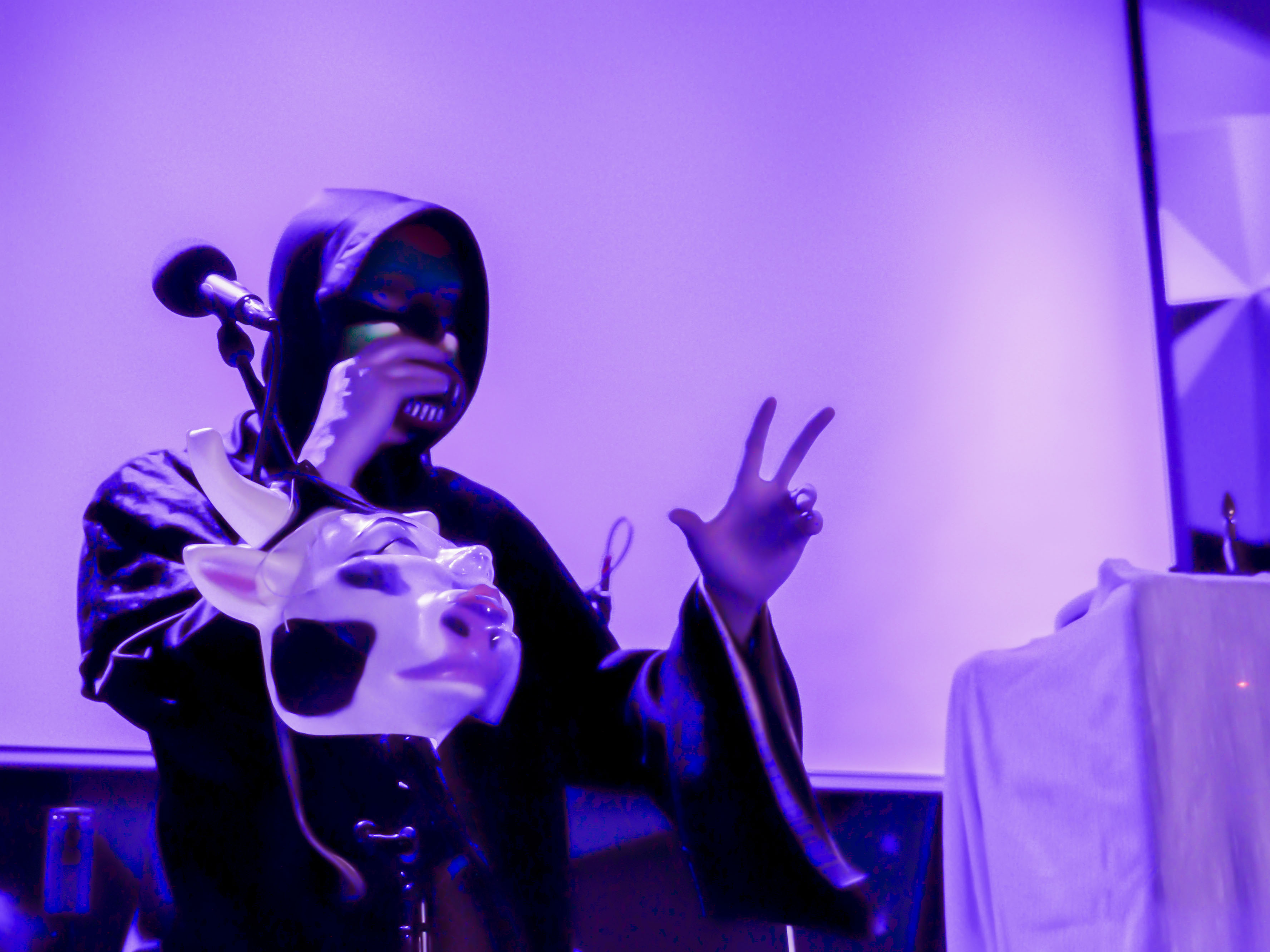Rap music has influenced pop music more than the Beatles.
One of the greatest impacts on pop music is rap music and the culture that follows. The sound that was once exclusive to one community has become the soundtrack for everyone. The rise of the genre can be attributed to a number of things, making it near impossible to debate the fact that rap rules right now.
Rap is a vocal technique, while hip-hop is a subculture. Anyone can learn how to rap, but hip-hop is a lifestyle that is worn in by communities of color. Having a creative platform to give voice to that community is the heart of rap.
Rapping first gained popularity in the United States in the 1970s as a voice for the streets, especially among Black teenagers. But it wasn’t until 1979 when the Sugarhill Gang came onto the music scene and released their famous hit “Rapper’s Delight,” that people began to notice the genre. Often rap is referred to as a pop-culture game changer, but it is rarely credited with revamping the very structure and sound of popular music as we know it.
Streaming services have given rappers the opportunity to be discovered by huge audiences. SoundCloud, for example, reportedly reaches 175 million global monthly users. Spotify has over 96 million subscribers and continues to grow rapidly; one popular hip-hop playlist curated by the platform, RapCaviar, has nearly 9 million regular listeners. Once the Billboard charts began taking all streaming data into consideration in 2013, hip-hop gained ground. In turn, Top 40 radio took notice.
Though a portion of it may be recreational at times, rap is more than just a music genre. In the midst of political turmoil and otherworldly problems, young people of color are turning to music to find an outlet. Music has long been a source of comfort for people, but in specific regards to POC, music has been a platform to voice their struggles. The standard for rap is not the same as it used to be; the bar is lowered for fans or especially artists. On the other hand, the visibility of those who have broken through the boundaries, thanks to social media and various streaming platforms, are higher than ever before.
The Grammys are evolving as well. In years past, Album of the Year nominations often included one rap project, tokenizing the genre. This year, rap dominated the category, thanks to artists like Cardi B, Drake and Donald Glover. Five out of the eight nominees for Record of the Year are also rap artists.
For fans of American hip-hop, this recognition is long overdue. “It was kind of a ‘Well, duh,’ moment,” said Ross Scarano, Billboard vice president of content. “Rap has been the most dominant force in American culture for years.”
“Hip-hop is the single greatest revolution in the U.S. pop charts by far,” said Armand M. Leroi, a professor of evolutionary developmental biology at Imperial College London.
Leroi, Matthias Mauch, Robert MacCallum and Mark Levy at the same university conducted a study that analyzed 30-second snippets pulled from 17,094 songs, representing 86 percent of all the singles that charted on the Billboard Hot 100 during the 50-year scope of the study. The goal of this study was to reveal the greatest influence in popular music.
They ignored traditional genre classifications and instead looked at differences in chords, rhythms and tonal properties, then assigned each song to one of 13 groups based on the patterns they found. The results of this study concluded that hip-hop has single-handedly controlled charts and influenced mainstream artists more than any other genre.
Despite the sonic similarity, the genre is not entirely exclusive to one sound or message. Kendrick Lamar often challenges political structures and Jay-Z examines the complexities of marriage and wealth distribution. Artists such as Chance the Rapper and DRAM are high-spirited, while their more emotional counterparts Lil Uzi Vert and the late Lil Peep reflect on substance abuse and heartbreak. In addition to this, you have hit-makers and chart-toppers including the likes of Drake and Nicki Minaj.
In an era of increasingly complex identity politics, the perspectives that rappers share hit home. “There’s a craving for more complicated art,” Scarano said. But for many listeners, it’s also more relatable art.
The increasing rise of rap music in mainstream has not fallen upon deaf ears. When something that was exclusive to a certain community is up for grabs, there is bound to be tension. Qualifications have been put to question, but the growing diversity of the category has left confusion as to who has the say so. Moreover, the increasing trajectory of rap is simply blurring the integrity of the community by borderline saturation.
As rap has become the sound of the mainstream, the sonic landscape of the genre has become more diverse in an effort to reflect the now wide audience. The new American dream may just have Sicko Mode playing in the background.






